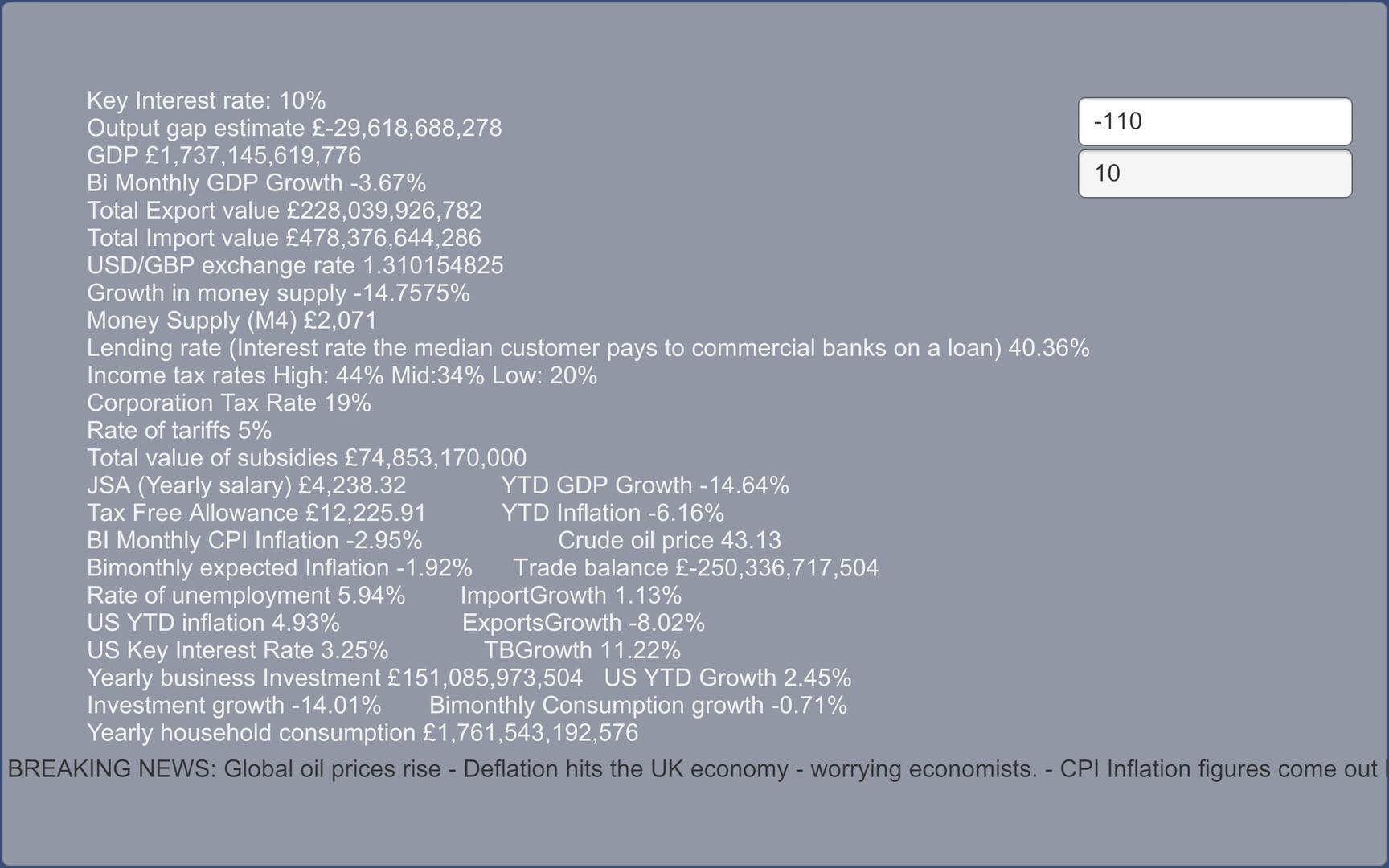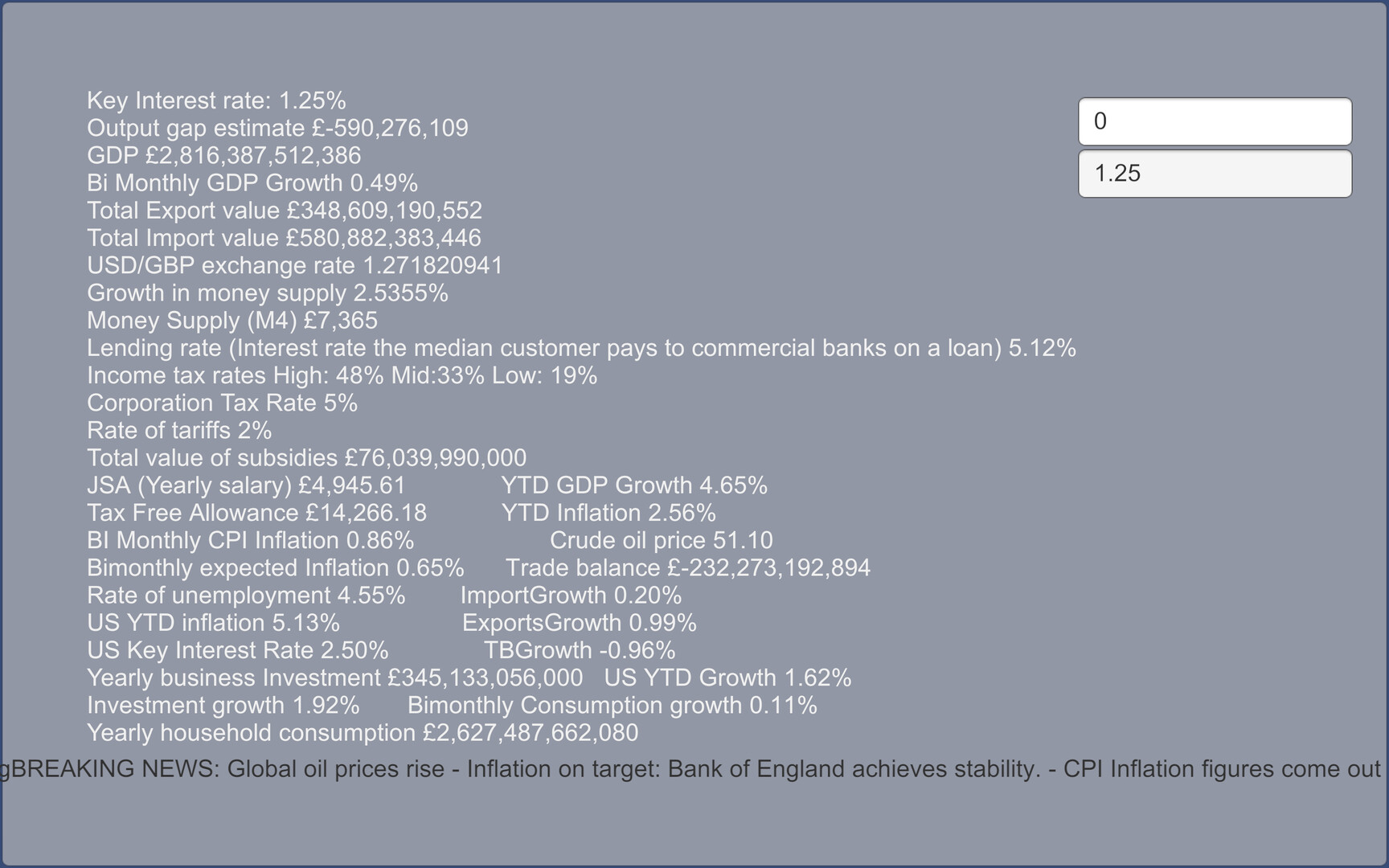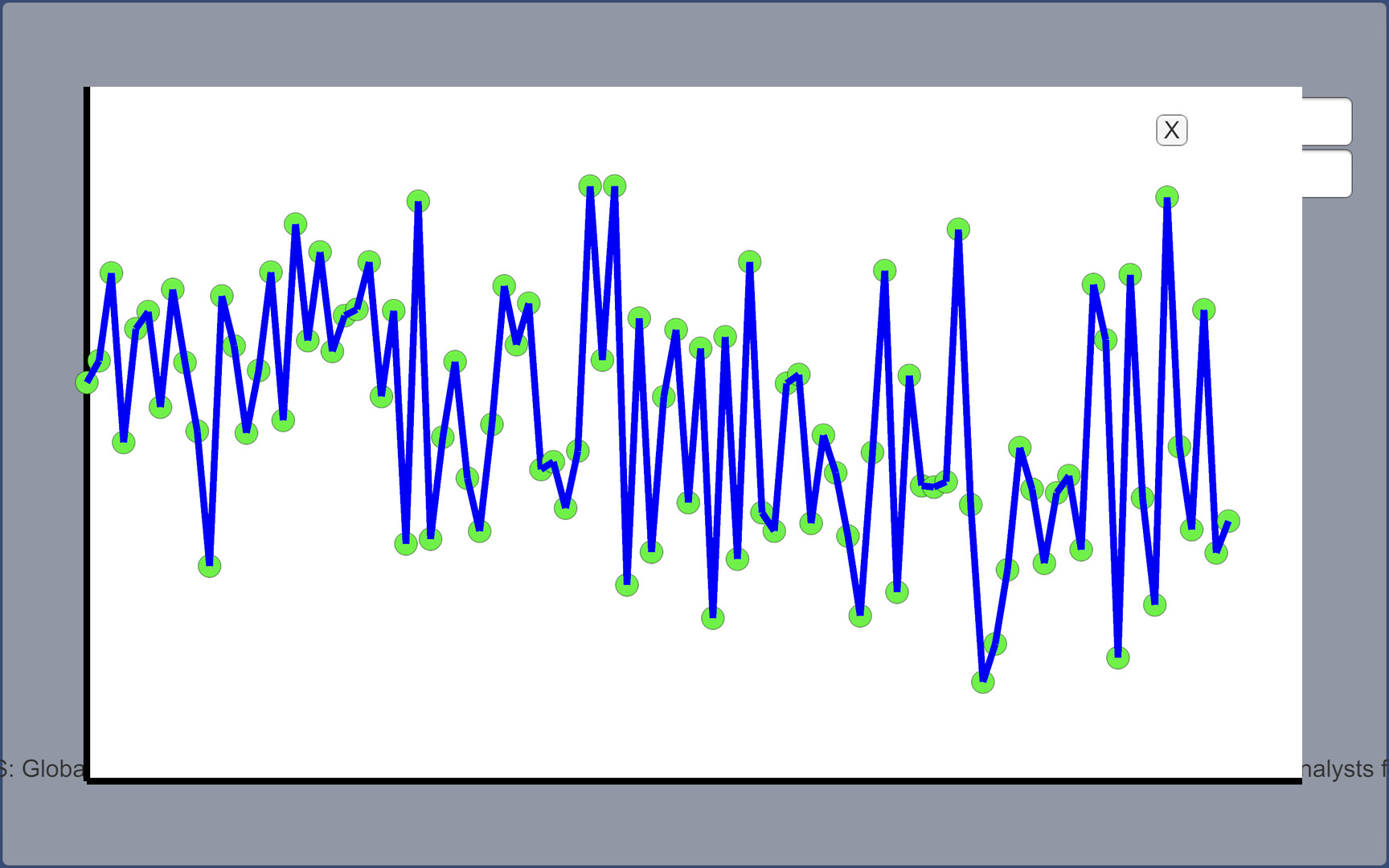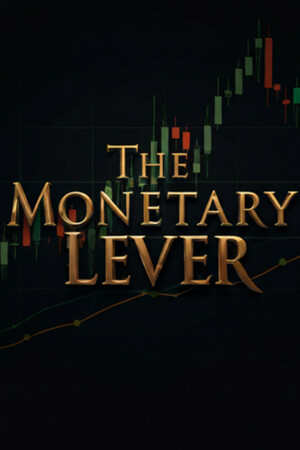
The Monetary Lever
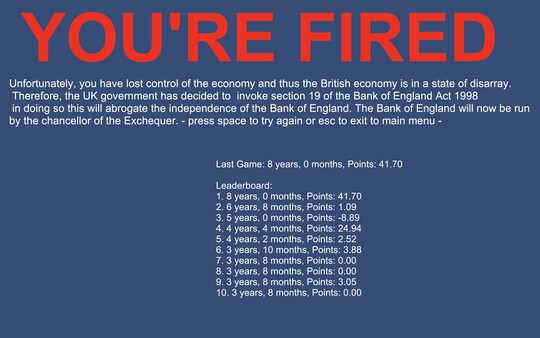
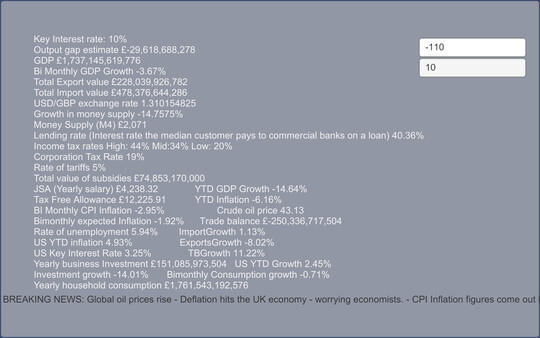
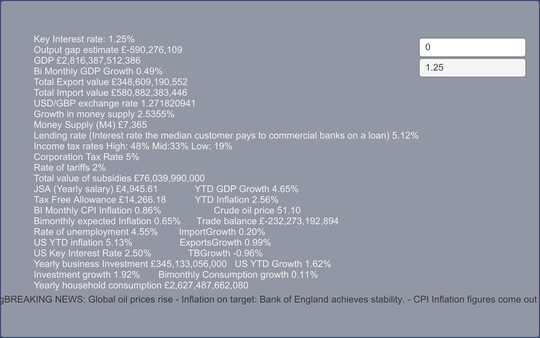
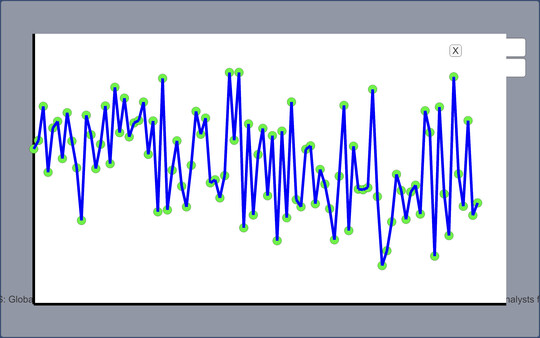
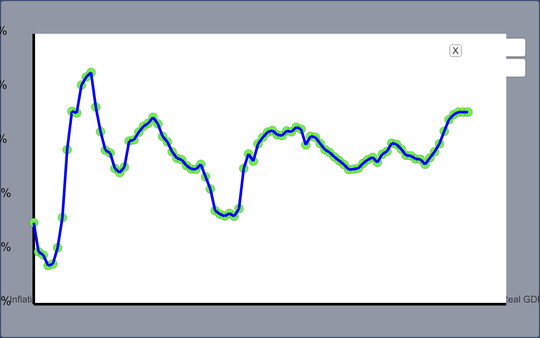
Способ оплаты
Купить The Monetary Lever, игра на ПК | Steam
Вы приобретаете игру в Steam, которую получите ПОДАРКОМ на Ваш аккаунт. Это происходит автоматически 24\7 без праздников и выходных.Процесс получения гифта очень простой и занимает пару минут:
- После оплаты к вам в друзья Steam добавится бот. Пожалуйста, примите его в друзья, чтобы получить игру.
- После добавления, вам будет отправлен подарок в виде игры - нужно принять его.
- Игра у вас на аккаунте - можно играть.
Системные требования
- 64-разрядные процессор и операционная система
- ОС *: Windows 7 64 bit
- Процессор: Intel Core 2
- Оперативная память: 2 GB ОЗУ
- Видеокарта: NVIDIA Geforce GTS 450
- Место на диске: 200 MB
- 64-разрядные процессор и операционная система
Описание
This is a monetary policy sim that allows the player to control the interest rate and level of quantitative easing/tightening set by the Bank of England and see the effect this has on the British economy.
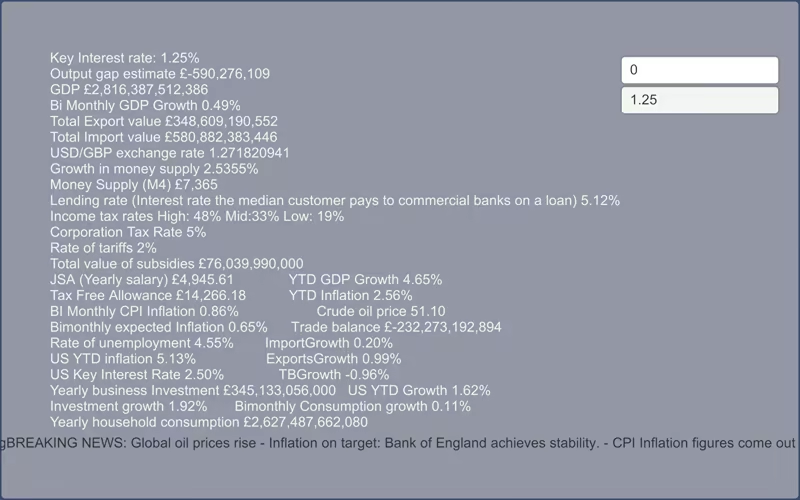
GAME MODES
Players can pick between the main game mode in which players must keep the British Economy from collapsing whilst making sure inflation remains within the Bank of England targets of 2% +/- 1% otherwise the player will be fired this allows players to try and beat their high scores and try to remain in power for as long as possible. Or the other game mode is Endless mode where it is impossible for the player to be fired and is thus able to experiment and tamper with interest rates and QE/QT as much as they want and see the effects of their measures on the British economy. 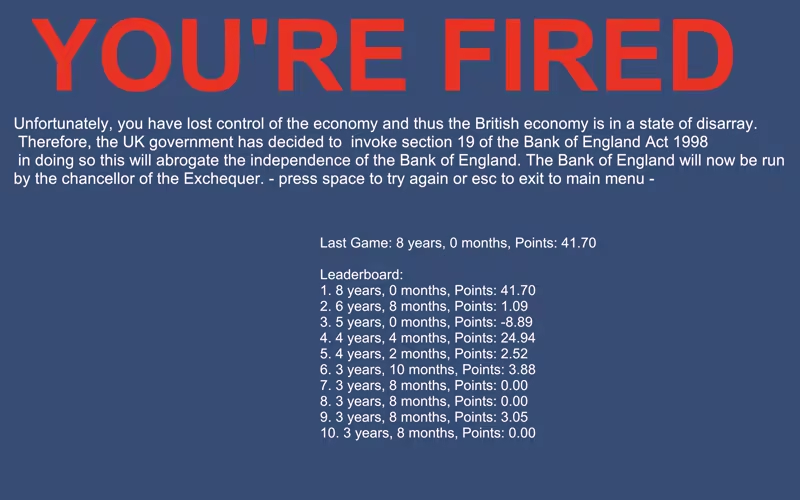
Key Features:
Realistic Economic Model: Experience the real-world challenges of balancing economic growth with inflation.
Intuitive Gameplay: Easy-to-understand controls make it accessible to players of all levels.
Engaging Visualizations: Track key economic indicators with clear and informative graphs.
Dynamic Government Response: The government implements fiscal policy measures (e.g., spending, taxation) in response to economic conditions, adding another layer of complexity and realism to the simulation.


